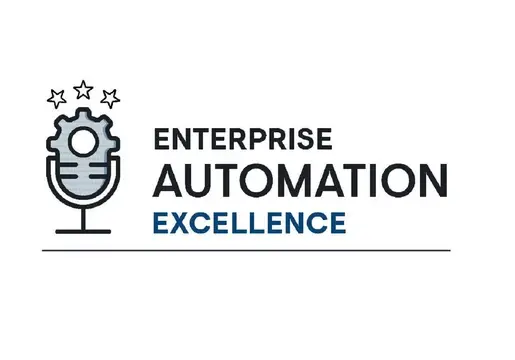
Nothing in the technology sphere is as love-hate as the cloud. On the one hand, it helps organisations save costs, is super reliable, and can be a great asset in a business's continuity plan. On the other, it is notorious for its inherent security issues.
While the security issues don't perturb organisations enough to not use it – not that they have a choice if they want to withstand the demands of a modern enterprise – it can, and should, be a significant cause for concern for businesses.
Most anxieties stem from a fear of opportunist malicious actors scouring for their moment to pounce. However, the fact of the matter is this: while malicious actors do, of course, play their part in breaches, most of these are preventable. In particular, cloud misconfiguration is the largest threat to cloud security. In turn, it's an organisation's responsibility to ensure there are no gaps in their cloud infrastructure.
Mitigating misconfiguration
Configuration is often overlooked as part of an organisation's security strategy. This is perhaps because businesses spend a lot of time and money investing in their security solutions, leaving configuration as an afterthought. However, these solutions become somewhat redundant without the right configuration, so you're essentially burning money.
In this case, it's important to know what to look out for when setting up your cloud network. Often, organisations leave the door wide open for hackers by dishing out access privileges to the wider enterprise. However, not everybody needs that level of access, and by granting it, you weaken the enterprise's overall security. Instead, you should carefully select who should have what permissions. Alternatively, if unsure, everyone can start with full restrictions that you can adjust as and when necessary.
In terms of the actual computing setup, the same mistakes tend to crop up time after time. For example, organisations tend to stick with the default credentials and configuration settings, forgetting it's not once-size-fits-all. Instead, they should take the time to ensure the presets don't leave any holes for attack.
Furthermore, organisations should be taking more advantage of the logging features often built in to modern cloud services. These give organisations real-time error alerts, which, in turn, enable businesses to act quickly on any issues.
Cloud configuration is a very complex process and necessitates the right expertise to do it. Unfortunately, the skills gap adds extra weight to the problem, making it difficult for organisations to secure the right talent. However, by understanding the role that cloud (mis)configuration plays in your overall security, you're already mitigating the largest cloud security risk for your organisation.
Don't miss our CxO of the Week, Matt Sanchez at CognitiveScale.













Comments ( 0 )